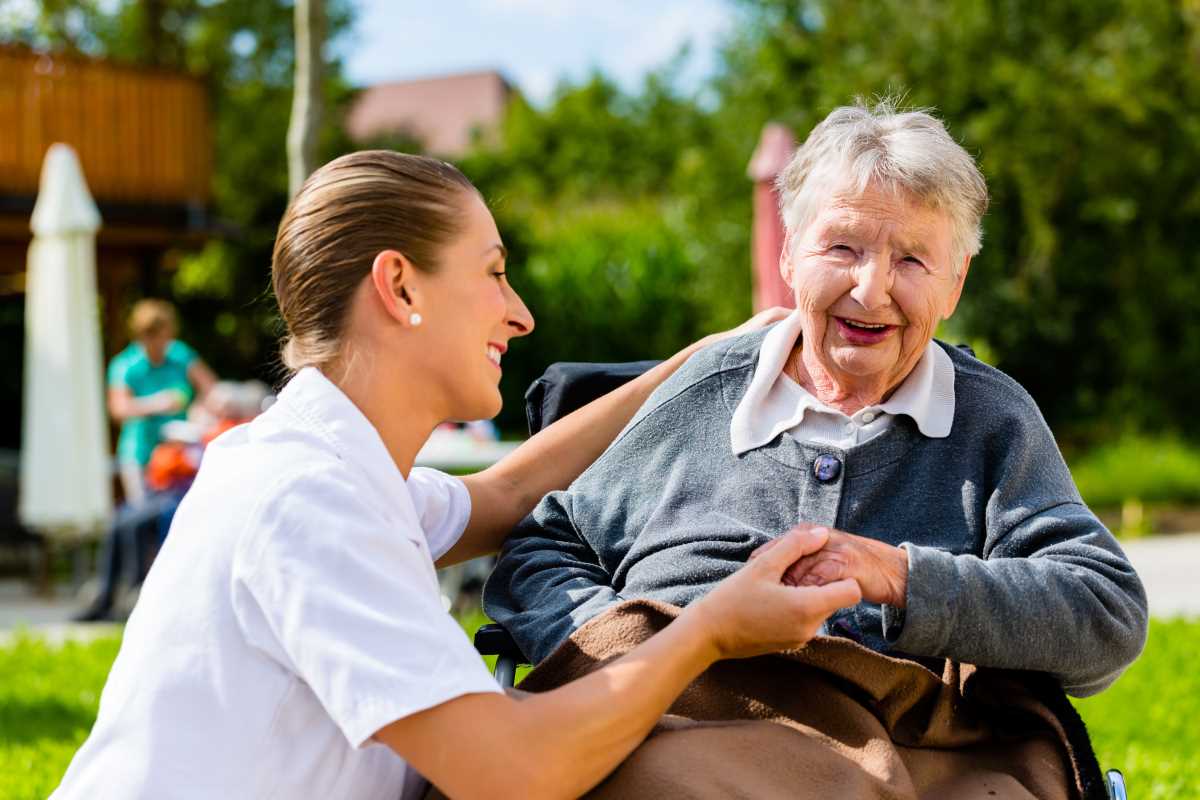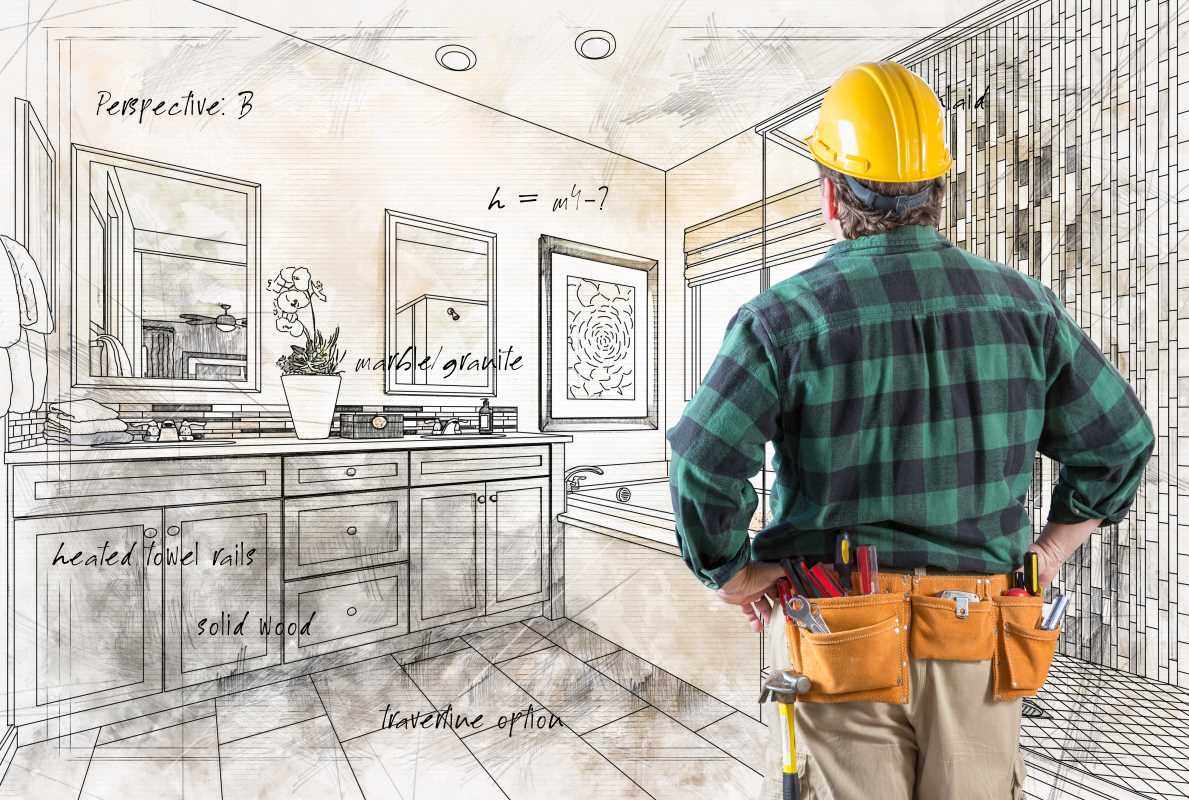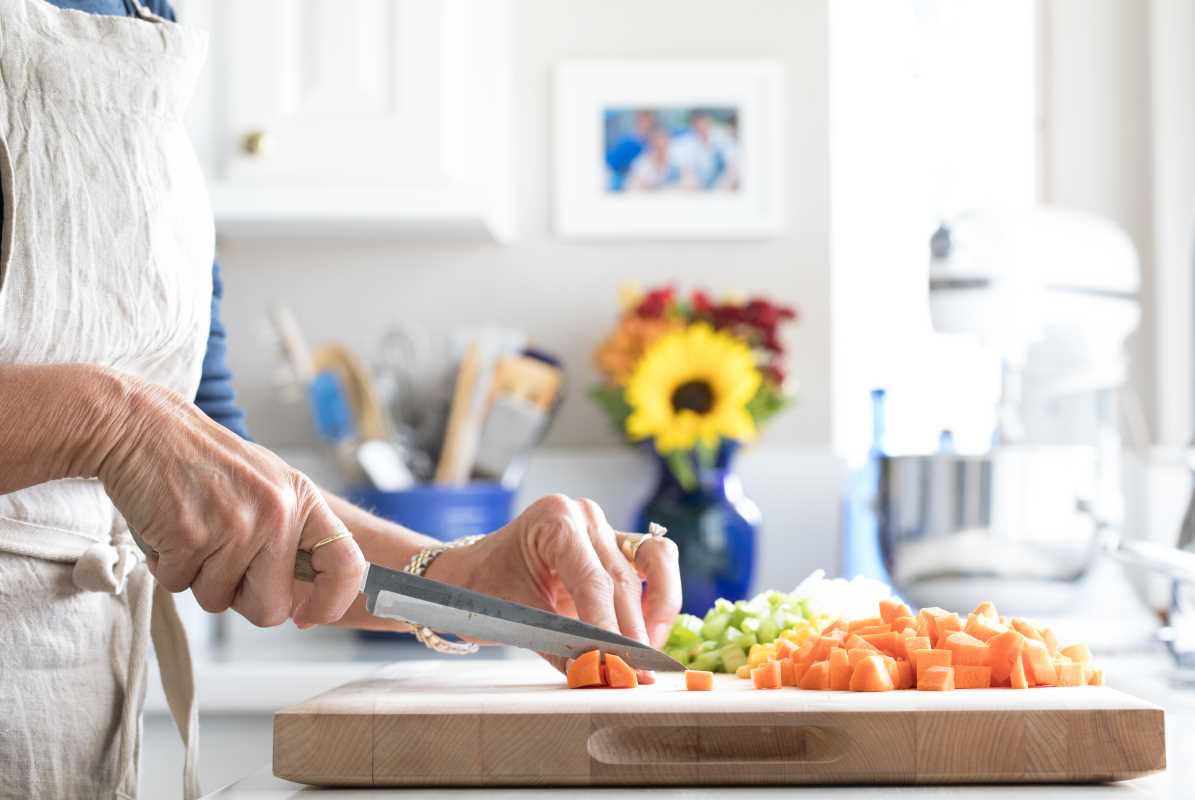Spending time outdoors has countless benefits for seniors, from improving physical health to boosting mental well-being. Fresh air, gentle sunlight, and a connection with nature can help reduce stress, enhance mood, and even encourage activity. However, for many older adults, navigating a yard or garden can present safety challenges. Uneven terrain, poor lighting, and narrow walkways can make outdoor spaces less accessible and enjoyable.
The good news is that with a few simple modifications, you can transform a yard into a senior-friendly, safe, and inviting space they’ll love spending time in. This guide offers practical, cost-effective tips to make outdoor areas both safer and more enjoyable for aging family members.
Evaluate the Yard for Safety
Before you get started, it’s essential to assess the current setup of the yard. Walk around the space, taking note of potential hazards and areas that could be improved for accessibility and safety.
Common Hazards to Look For:
- Uneven pathways or loose stones that may cause tripping.
- Areas with poor lighting, making it difficult to see after dusk.
- Slippery surfaces, especially after rain.
- Narrow walkways that might be hard to use with mobility aids.
- Stairs without sturdy handrails.
Once you’ve identified potential challenges, you can focus on making modifications that address these issues while improving the overall comfort and usability of the space.
Install Level, Non-Slip Pathways
Walkways are essential for ensuring seniors can easily and safely move around the yard. However, they need to be designed with accessibility in mind.
Tips for Creating Safer Pathways:
- Use Non-Slip Materials: Concrete, paving stones, or bricks treated with a non-slip coating are excellent choices.
- Keep Paths Level: Avoid sudden dips or slopes, which can be hazardous for those with limited mobility or balance issues.
- Widen the Path: Make sure walkways are at least 3 feet wide so they can comfortably accommodate wheelchairs, walkers, or two people walking side-by-side.
- Clear Obstacles: Remove anything that might block the path, such as overgrown plants or garden hoses.
By providing clear, stable paths, seniors can safely explore the yard without fear of stumbling or falling.
Add Lighting for Better Visibility
Good outdoor lighting is crucial to prevent trips and falls, especially during early mornings or evenings. Adequate lighting also helps create a welcoming and secure atmosphere.
Ideas for Effective Yard Lighting:
- Pathway Lights: Install solar-powered lights along walkways to clearly define the path.
- Motion-Activated Lights: These lights turn on when someone approaches, conserving energy while increasing visibility.
- Task Lighting: Add raised or focused lights near garden beds or seating areas so seniors can enjoy hobbies like reading or tending to plants.
- String Lights: For a softer, decorative touch, hang string lights in sheltered areas like patios or gazebos.
With proper lighting, seniors can enjoy their outdoor spaces any time of day without worrying about hidden hazards.
Consider Raised Garden Beds
Gardening is a favorite hobby for many seniors, offering relaxation, exercise, and a sense of accomplishment. However, bending over or kneeling can be difficult for some older adults. Raised garden beds provide an ideal solution.
Benefits of Raised Garden Beds:
- Easier Access: Garden beds positioned at waist or seated height reduce the need to bend or squat.
- Customizable Sizes: You can adjust the height and width to suit the senior’s needs.
- Flexible Placement: Beds can be placed close to the home or near other seating areas for convenience.
- Simplified Maintenance: Raised beds often have better drainage and fewer weeds, making gardening less labor-intensive.
Choose lightweight, durable materials like wood, metal, or plastic, and position the beds near a water source for added ease.
Add Comfortable, Accessible Seating
Outdoor spaces are for enjoying nature, so seating is a must! Having a safe and comfortable spot to rest encourages seniors to spend more time outside.
Seating Suggestions:
- Sturdy Chairs: Opt for weather-resistant chairs with sturdy armrests and a supportive back to make getting up and down easier.
- Benches: Place benches along pathways or under shady trees to provide scenic resting points.
- Swings or Gliders: These add a relaxing touch, but ensure they are securely anchored and easy to access.
- Cushions: Use removable cushions on chairs or benches for added comfort, but be sure they’re made of weatherproof material.
Arrange seating in well-lit areas with pleasant views to make the space more inviting.
Improve Safety Around Water Features
Ponds, fountains, and other water features can be beautiful and calming, but they may also present risks like slipping or falling.
How to Make Water Features Safer:
- Surround water features with boundary markers, such as rocks, bricks, or low fencing, to discourage accidental stumbles.
- Use textured, non-slip paving stones around the area.
- Cover ponds with sturdy mesh if young children or vulnerable seniors may accidentally fall in.
- If maintaining a water feature is too labor-intensive, consider replacing it with a more manageable alternative like a small fountain or birdbath.
This way, seniors can enjoy the soothing sound of running water without the worry.
Provide Shade and Weather Protection
Exposure to direct sunlight or sudden rain can deter seniors from enjoying their yard. Adding sheltered spaces ensures they can comfortably spend time outside, regardless of the weather.
Ways to Create Comfortable Shelter:
- Umbrellas or Canopies: Use large, adjustable umbrellas or pop-up canopies to provide movable shade.
- Pergolas or Gazebos: Build a shaded structure that offers permanent coverage for seating or dining areas.
- Trees: Plant fast-growing shade trees, like maples or oaks, to naturally cool down the yard.
Don't forget to keep sunscreen and water accessible so seniors can stay hydrated and safe from UV rays while outside.
Use Mobility-Friendly Additions
For seniors who use mobility aids like canes, walkers, or wheelchairs, certain outdoor modifications can ensure the terrain is as accessible as possible.
Specific Modifications to Consider:
- Handrails: Install sturdy handrails along stairs, ramps, or steep paths.
- Ramps: Build gradual ramps with non-slip finishes to replace stairs if mobility is a concern.
- Slip-Resistant Mats: Place these in high-traffic zones, like porches or patios, to provide added traction.
- Widened Gates: Ensure gate openings are wide enough to easily accommodate wheelchairs or walkers.
These adjustments make the outdoors safer and more convenient for seniors with varying levels of mobility.
Personal Touches for Relaxation
Once safety upgrades are in place, encourage enjoyment by adding personal touches to the yard.
Ways to Personalize the Space:
- Plants and Flowers: Choose colorful, low-maintenance plants that your senior loved one enjoys. Fragrant options like lavender or jasmine can add to the sensory experience.
- Bird Feeders or Baths: Bring wildlife into the yard for added joy and engagement.
- Decorative Elements: Add wind chimes, garden statues, or flags to brighten the space.
- Outdoor Activities: Create zones for hobbies like painting, reading, or playing games.
Customizing the yard with things they love can enhance relaxation and encourage more time outdoors.
A Yard That’s Safe and Inviting
With a mix of thoughtful modifications and simple additions, you can turn any outdoor space into a haven for the seniors in your life. By focusing on accessibility, comfort, and safety, you’ll create an environment where they can relax and enjoy all the benefits of spending time outdoors.
Start with small changes, and soon enough, your yard will become a cherished spot for making memories, fostering health, and appreciating nature.
 (Image via
(Image via





